Wildlands Preserve
The 70-acre Wildlands Preserve serves as OAEC’s living learnscape for stewardship and wildtending methods that integrate traditional knowledge with modern science. Our goals for land management are simple, yet bold: we strive to create conditions conducive to life, and to return people to our place as an interconnected and regenerative component of a thriving landscape.
Our objectives include surface water management and groundwater recharge and erosion control; sequestering carbon and building soil; restoring fire to its place as a beneficial and healthy process; enhancing habitat for biodiversity; and tending ethnobotanically significant native plants that are gathered as wild food, medicine, basketry, and craft material.
Various strategies help us achieve these goals, such as mowing, grazing, controlled burning, thinning and limbing the forest, saving and sowing native grass seed, and creating wildlife habitat.
Read about OAEC’s Wildlands Stewardship Plan >
Plant & Animal Communities
The ecological mosaic of the 70-acre Wildlands Preserve offers numerous niches for plant and animal diversity to flourish. A short walk in the “backcountry” leads visitors through a number of native plant communities representative of California’s diversity – from coastal prairie grasslands, to chaparral slopes of coyote brush and poison oak, to a moist Douglas fir and redwood forest. These diverse plant communities provide a home to 121 species of native plants, 6 species of amphibians, 10 species of reptiles, 106 species of birds, and at least 25 species of mammals.
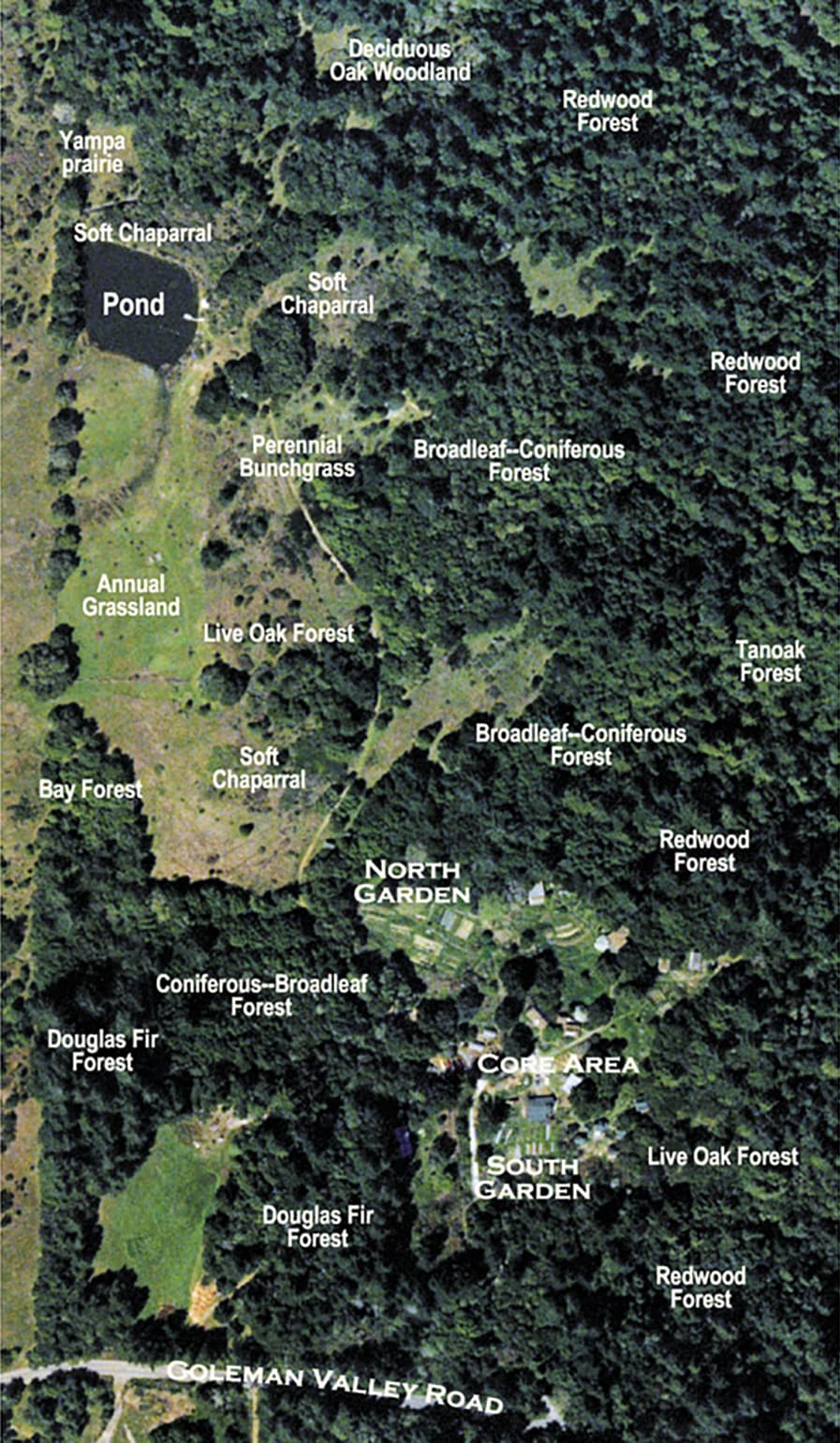
The following plant communities in our Preserve are representative of California’s diverse ecology:
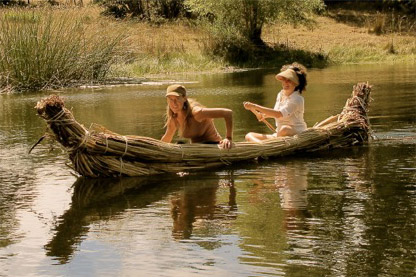
Wetland & Riparian
Riparian corridors, habitat ponds and seasonal wetlands offer habitat for various species of willow, elderberry, and calypso orchids that carpet the streambanks, and tule and cattail line the edges of ponds and wetlands. We use several techniques to reduce erosion and creek siltation, trap sediment, and slow down water to enhance groundwater recharge. Our ponds provide year-round agricultural irrigation, habitat for aquatic plants and wildlife, and act as reservoirs for stormwater management, fire protection and recreation.
Coastal Prairie
Coastal prairies are some of the most degraded ecosystems in California, and also the most biodiverse grasslands of North America. The acres of coastal prairie at OAEC comprise native perennial bunchgrasses and wildflowers including indigenous food sources such as yampah, bluedicks, calochortus lily, and pepper grass; nonnative grasses and forbes are also in the mix. Coastal prairie is known to be “disturbance dependent,” historically reliant on a combination of fire and grazing by native herbivores such as deer and elk. We utilize a combination of mowing, grazing of goats, and prescribed burning to mimic these disturbances. To learn more about how OAEC tends our grasslands, read this article ‘Mending the Wild’ by Brock Dolman originally published in the California Native Plant Society Journal, Fremontia.
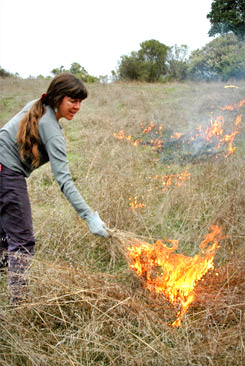
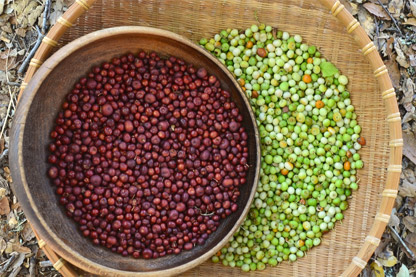
Chaparral
Islands of thick chaparral dot the hillsides, offering crucial habitat – forage, cover, nesting sites – for many bird species such as wrentit and bushtit. The tart and tasty red berries of manzanita dot the hillside in the autumn, Coyotebush displays bursts of white and yellow winter flowers abuzz with native insects, and poison oak berries provide much-needed late fall forage.
Mixed Hardwood
Mixed hardwood, comprised mostly of oak woodlands, is the most diverse ecosystem in California. This ecosystem abounds with life, from the ever industrious woodrat to the edge-dwelling bluebird. Coast Live Oaks are interspersed with California bay laurel and hazel, offering delicious edible nuts in the fall. Relics of white oaks with California fescue understory are tucked away among the edges, and many creatures great and small feast on the fall acorn crop. Traditionally managed with fire, fast-growing Douglas Fir seedlings invade and shade out the hardwood, and we work to mimic the effects of an intact fire regime to maintain the open, sunny mosaic of the woodlands.
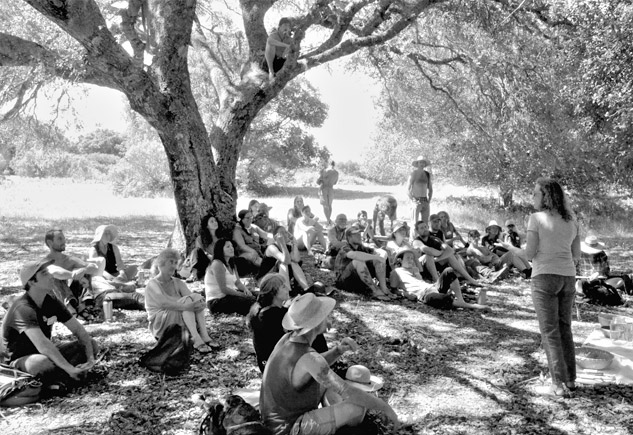
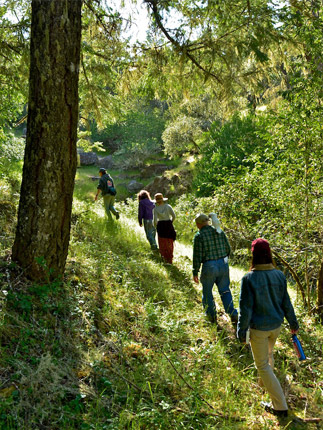
Mixed Conifer
Second-growth redwoods and towering Douglas Firs mix together in the ravines and lower portions of the Preserve, providing crucial habitat for endangered species such as the Sonoma Tree Vole and Spotted Owl, who have both made a home at OAEC in recent years. A century of fire suppression has led to a dramatic increase in the density of OAEC’s forests, and tanoak – once a dominant species among the redwoods of the Preserve – has been hit hard by Sudden Oak Death.





